“The Current Chapter”
The last time I saw the East Broad Top under steam was October 29th, 2011, during a freak pre-winter blizzard fondly referred to as Snowtober. The storm produced unusually early season snowfall across the northeastern United States, breaking records for total accumulations. In fact, in some cities Halloween was cancelled and children were left without treats. Two months later, the tourist excursion season ended, and the East Broad Top Railroad and Coal Company suspended operations indefinitely. The narrow gauge railroad has been dormant since, their doors locked. Once touted as the oldest operating narrow gauge steam train at its original location in America, water has not boiled inside a locomotive for five years. But I never stopped going back to visit this historic landmark. Face-to-face in the presence of absence; the current chapter.
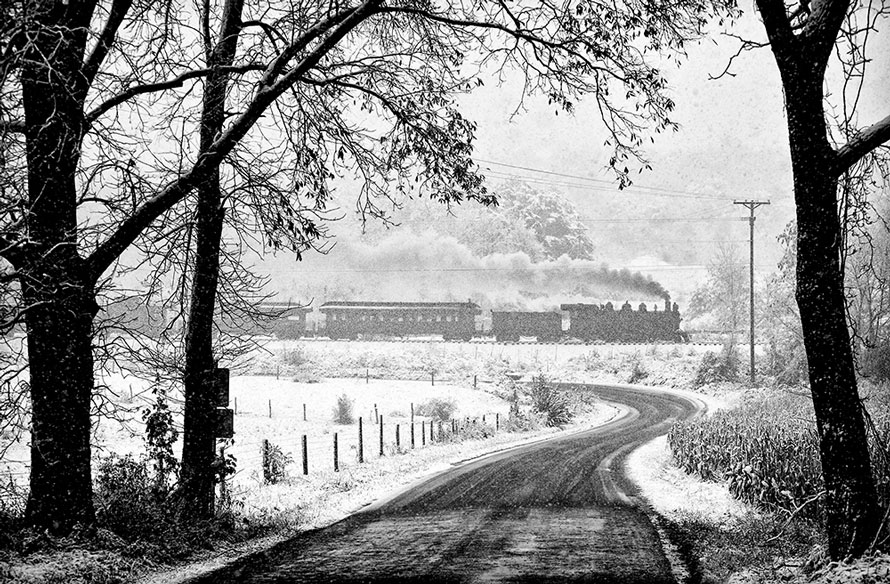
Since its most recent closure, I have been routinely visiting the towns of Orbisonia, Mount Union, Robertsdale, and all points of interest in between. Regardless of season, weather conditions, or time of day, it is my mission to photograph and document the facilities as they exist present day. With permission from EBT management and ownership, access to the railroad complex has been graciously granted to capture photographs of these spectacular scenes. Read more
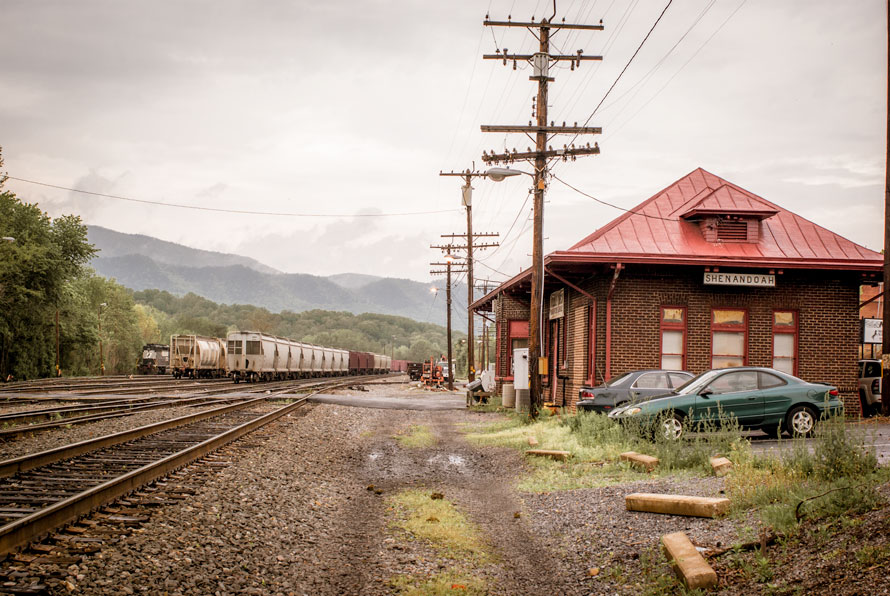
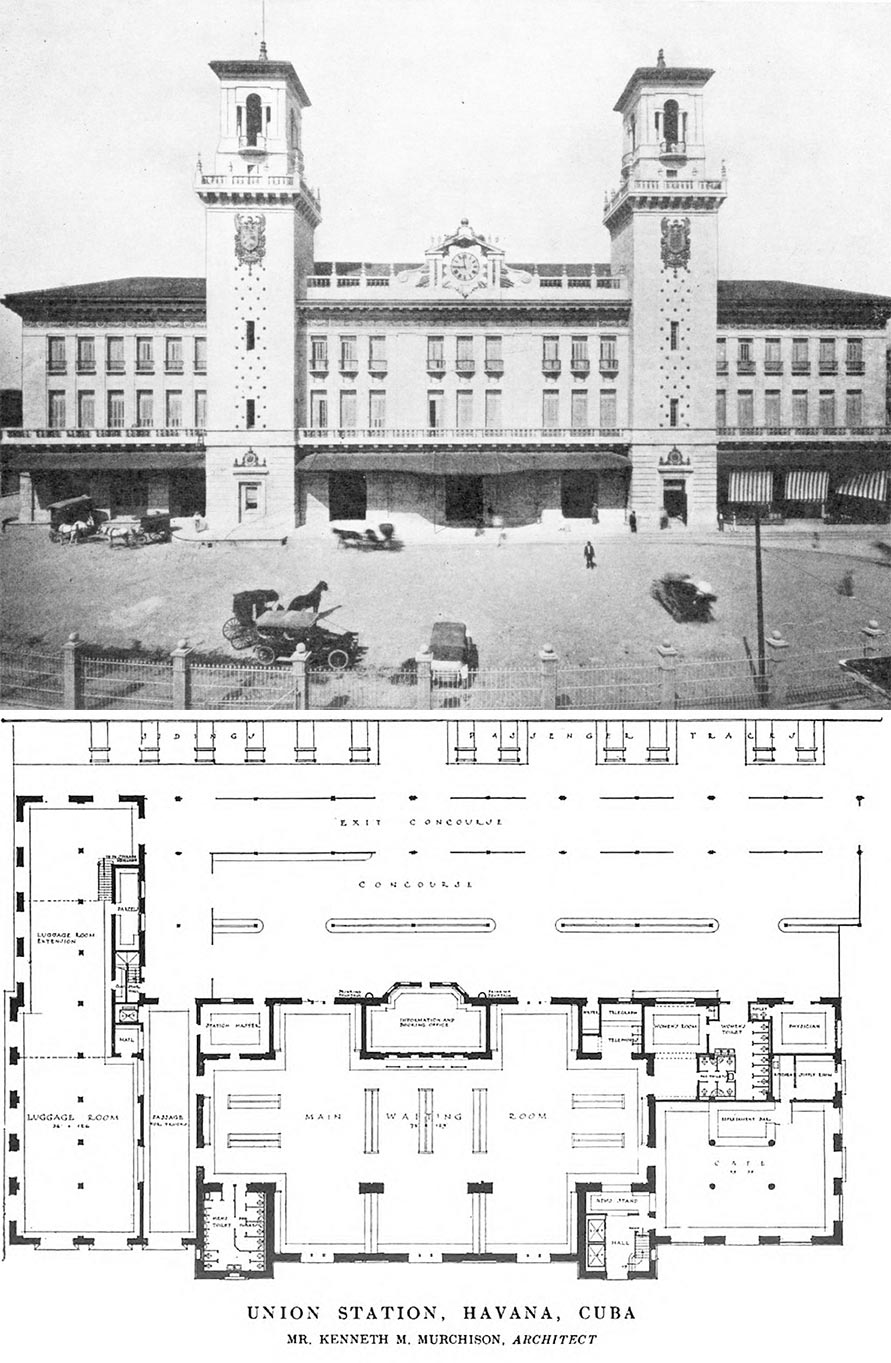
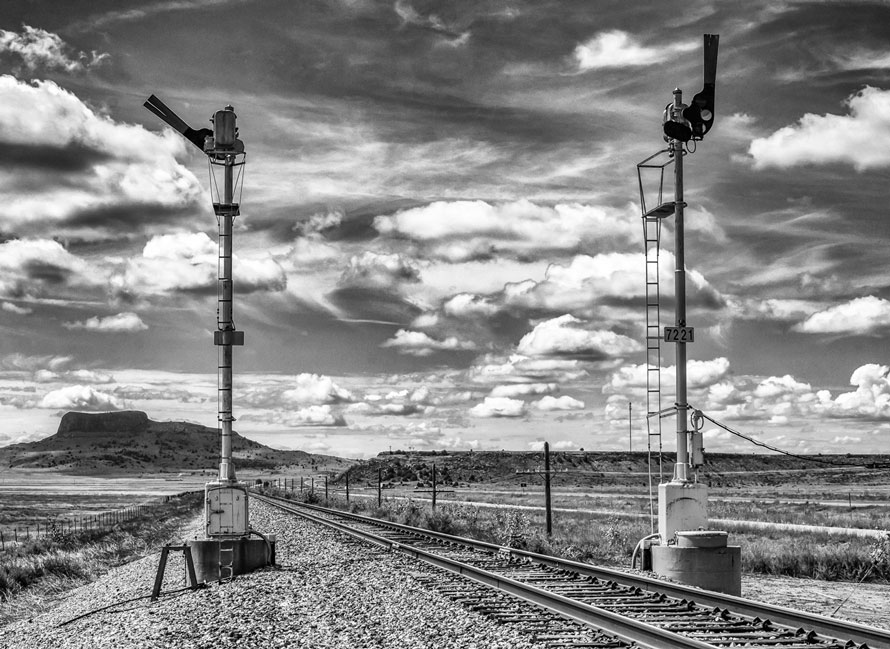
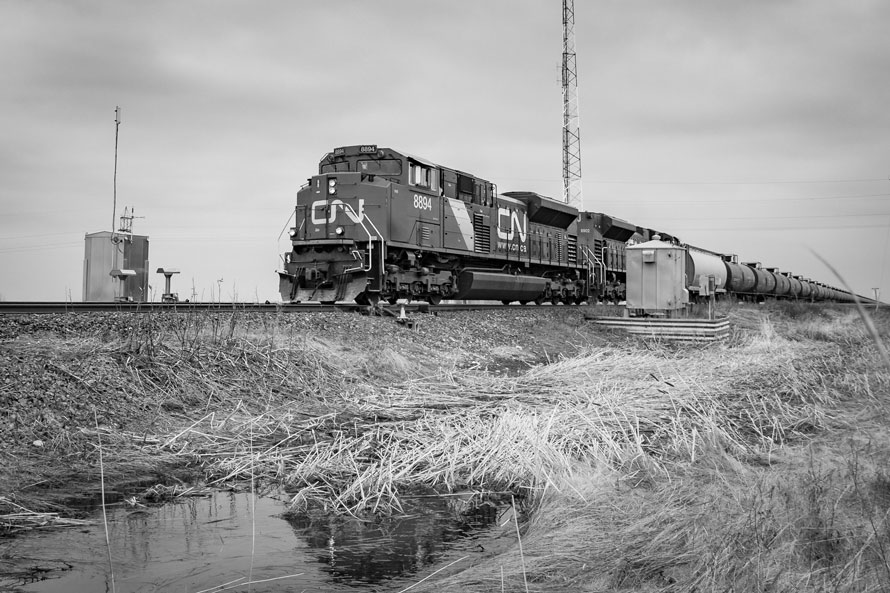
 The Trackside Photographer is pleased to announce the publication of a new book by contributor
The Trackside Photographer is pleased to announce the publication of a new book by contributor